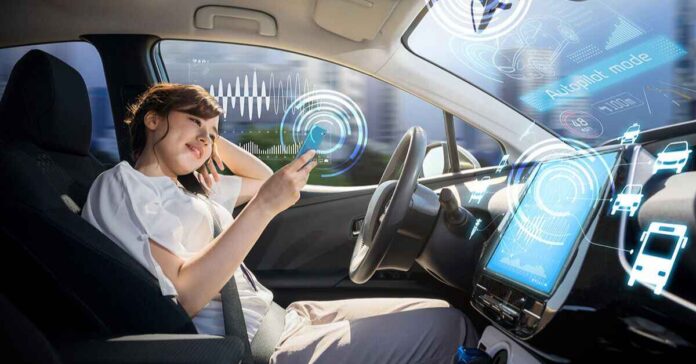In the rapidly evolving digital landscape, data breaches have become a pressing concern for individuals and organizations alike. The recent AIO-TLP leak, disclosed by TheJavaSea.me, has garnered significant attention, underscoring the critical importance of cybersecurity.
What is AIO-TLP?
The All-In-One Tool Leak Project (AIO-TLP) refers to a comprehensive collection of tools, software, and applications that have been illicitly obtained and disseminated without authorization. These tools, often utilized by cybersecurity professionals for legitimate purposes, can be exploited by malicious actors when leaked, posing substantial risks to digital security.
Details of the Leak
The AIO-TLP leak involves the unauthorized access and distribution of a suite of cybersecurity tools. The breach has raised alarms within the tech community due to the potential misuse of these tools by individuals with malicious intent. The exact methods employed to obtain these leaks remain unclear, though speculation points towards sophisticated hacking techniques or insider threats.
Implications of the Leak
The ramifications of the AIO-TLP leak are multifaceted:
- Increased Cyber Threats: The availability of these tools to unauthorized individuals amplifies the risk of cyberattacks, including data breaches, ransomware, and other malicious activities.
- Erosion of Trust: Such leaks undermine confidence in digital platforms and tools, potentially deterring businesses and individuals from adopting technological solutions.
- Regulatory Scrutiny: Organizations associated with the leaked tools may face heightened scrutiny from regulatory bodies, leading to potential legal and financial repercussions.
Protecting Your Information
In light of the AIO-TLP leak, it is imperative to adopt robust cybersecurity practices:
- Strengthen Passwords: Utilize complex, unique passwords for different accounts to mitigate unauthorized access.
- Enable Two-Factor Authentication (2FA): Implementing 2FA adds an extra layer of security, requiring verification beyond just passwords.
- Regular Software Updates: Keep all software and systems updated to protect against known vulnerabilities.
- Be Vigilant Against Phishing: Exercise caution when interacting with unsolicited communications that may attempt to extract personal information.
- Data Backups: Regularly back up important data to secure locations to prevent loss in case of a cyber incident.
Conclusion
The AIO-TLP leak serves as a stark reminder of the persistent threats in the digital realm. By understanding the implications and proactively enhancing cybersecurity measures, individuals and organizations can better safeguard their digital assets against potential exploits arising from such breaches.








